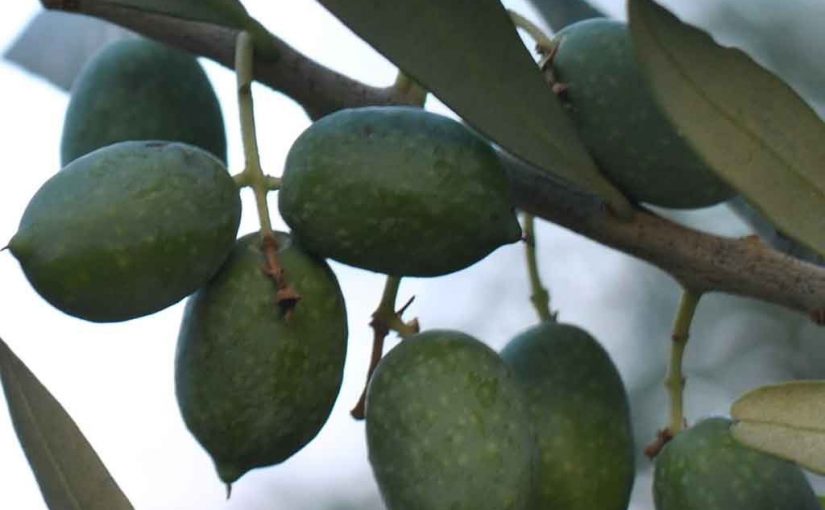19.6.2018
SHAPE:
Spicy cherry of salami made up of various tubular pieces, about 0.050 kg. Red meat.
INGREDIENTS:
– Pork
– Salt
– Spicy pepper, Hot pepper
– Dextrose,
– Natural flavors
– Fennel
– Black pepper
– E301 Antioxidant
– E 250 preservative
– E252 preservative
PRODUCTIVE PROCESS:
Grinding meat. Dough with ingredients. Bagging. Seasoning.
MINIMUM HOLDING TIME (TMC)
- Under Empty: 120 dd
- Recommended storage conditions, Temperature: +3/+6°C
- Transport temperature +5/+7°C
- Shelf life 120 dd
NUTRITIONAL INFORMATION:
- Proteins: 30.64%
- Carbohydrates: 1.50%, of which Sugars 0.40%.
- Fat: 23.97%, of which Saturated 9.90%
- Salt 2.90%
- Energy value: 344 Kcal or 1433 Kjoule.
ALLERGEN LIST (usually absent):
-Cereals containing gluten (wheat, rye, oats barley, spelled, kamut or their hybridized strains)
-Crustaceans or crustaceans
-Eggs and egg products
-Fish and fish products
-Peanuts and peanut products
-Soya and soy products
-Milk and milk products
-Nuts
-Molluscs and mollusc products
-Lupine and lupine based products


